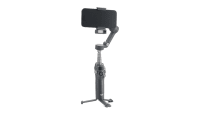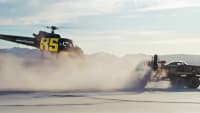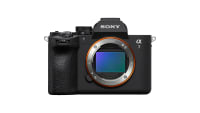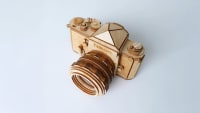Speaking to the Heart: Capturing the Beauty of Wildlife with Filmmaker Laura Pennafort
Laura Pennafort didn't set out to be a filmmaker. Her love of nature had other plans.
Wayne Grayson • Sep 19, 2024
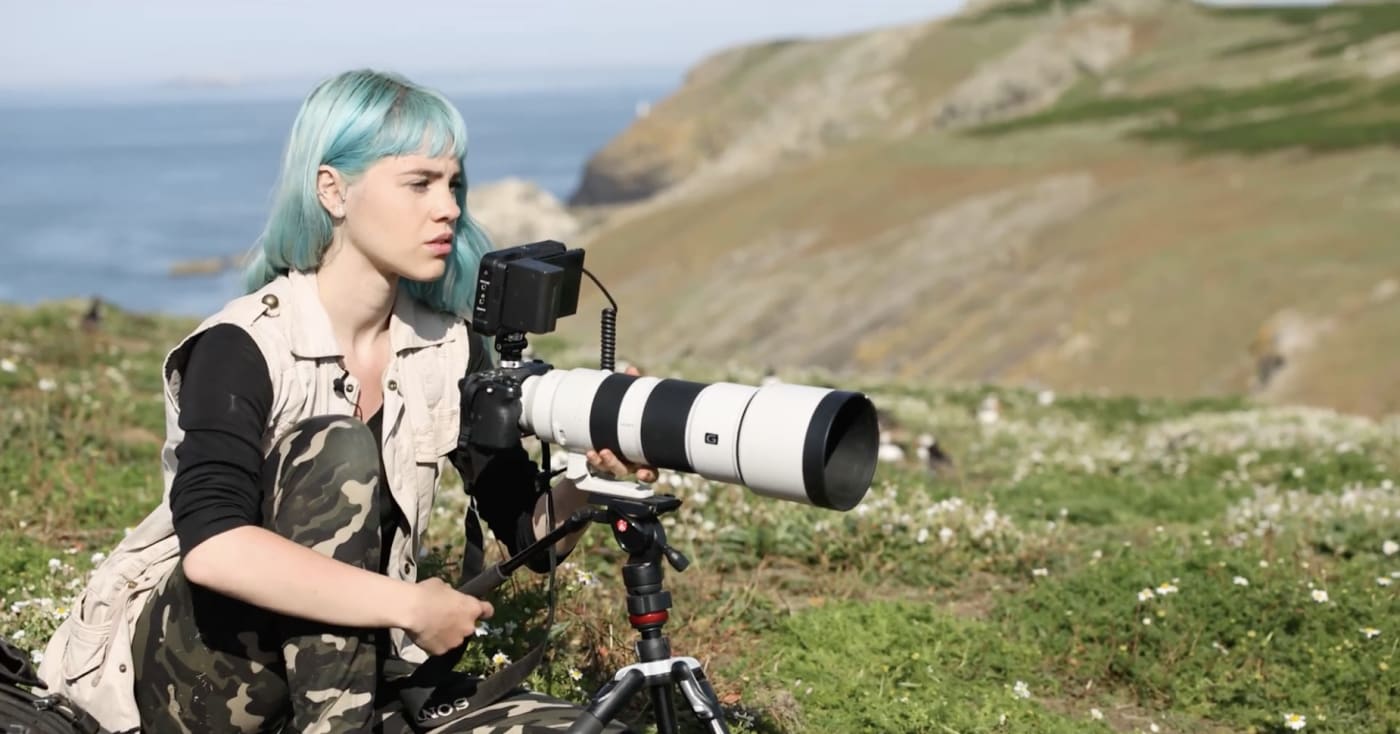
After studying biology in both Brazil and in the U.K., Laura Pennafort was well on her way to becoming a field biologist. The Brazilian native had loved nature and being outside since she was a child and knew she wanted to pursue the study of plants and animals. So, after finishing up her studies in the U.K., she planned on returning home to Brazil and starting her career in biology.
But then something unexpected happened: she found the world of filmmaking.
“I was already into photography, so wildlife filmmaking joined my two passions of animals and cameras together,” Pennafort explains. “So, I decided to go down that route instead; to move away from science and into filmmaking.”
Pennafort’s goal is to make people care about nature. She says filmmaking and photography empower her to be much more effective in that endeavor than working in the field as a biologist would have.
"It touches people,” she says. “It gets people engaged with what’s happening in an emotional way and that’s what inspires change.”
Working in the wild
Since choosing to capture the world and share the stories of nature with others, Pennafort has worked behind the camera across the world and has been part of crews on multiple wildlife series for National Geographic, Disney+, and the BBC, including Planet Earth 3 and Frozen Planet 2.
As you’d imagine, a lot of research and planning goes into Pennafort’s wildlife shoots.
“I have to first make sure that I’m at the right place and at the right time to capture the behavior that I’m wanting to tell a story about,” Pennafort explains. “But I’ve also got to make sure I’ve got the right equipment with me, that I’ve got the batteries charged and all the cards, drives, base plates, tripods, and everything else I’m going to need on the shoot.”
Pennafort also carries a toolkit to make repairs in case anything goes wrong, along with a lens cleaning kit and other essentials that allow her to worry less about the process and focus more on the animals.
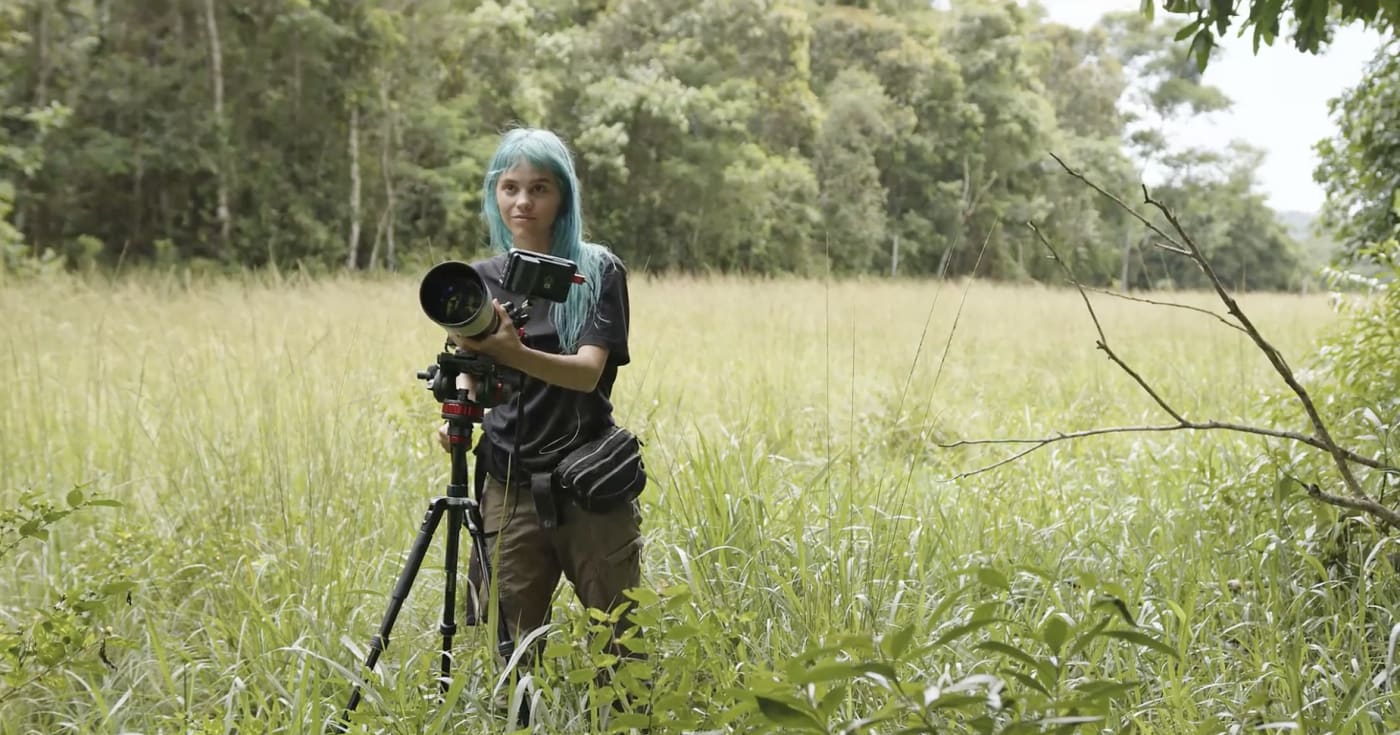
As for her actual camera loadout, while much of her work on wildlife series is done with RED cameras, Pennafort’s personal camera is a Sony FX3. Inside the FX3, she depends on OWC Atlas Ultra SD cards.
“I have found the OWC cards and the dual SD card reader to be so much faster than what I used in the past,” she says. “These cards have saved me so much time transferring things over at the end of shoots.”
Pennafort explains that when she is in the field, she tends to overshoot, gathering much more footage than you planned on or need.
“When you’re filming wildlife, everything is so unpredictable. You never know what the animal is going to do while you’re there and you’re tasked with making a story from it,” she explains. “So you fill up cards a lot faster and film a lot of things that you don’t actually need. But you just don’t know if the animal is going to do what they’re doing in a given moment again or if you’ll have this lighting or angle at another time.”
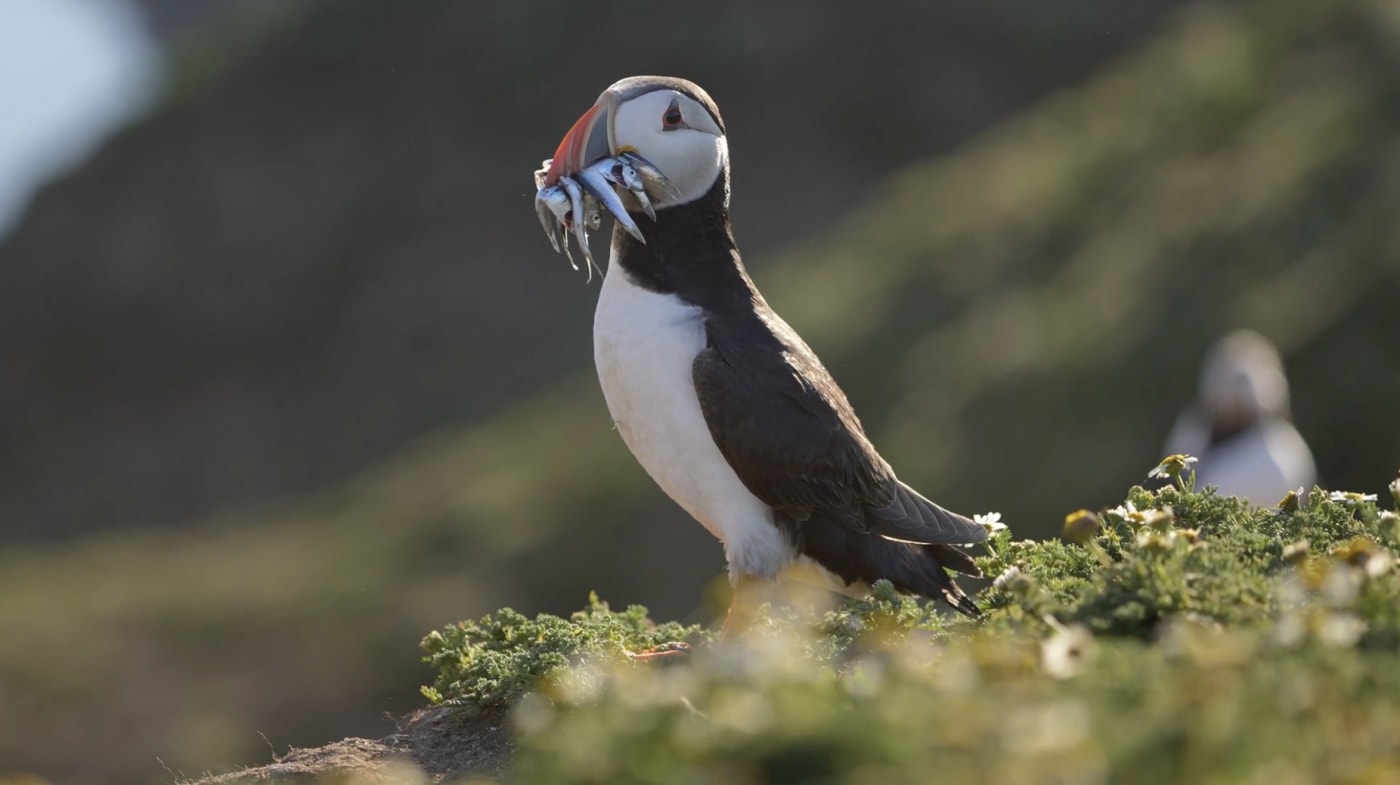
“It’s essential to have fast cards and readers in the field when it comes time to transfer and backup everything.”
A perfect example of the unpredictability of a shoot in the wild is a beautiful set of photos captured by Pennafort of puffins at sunset on Skomer Island in Wales. Pennafort captured these spectacular shots with her trusty FX3 and the incredibly sharp Sony 200-600 f5.6-6.3 G OSS lens.
“I was not expecting to see them at all during my trip, but in one of the last days I was really lucky to see them and to get the most beautiful sunset I’ve ever seen right behind them,” Pennafort recalls.
Making this capture even more magical was the appearance of baby puffins which Pennafort says don’t often come out of the burrow. “You have to be there at the right time of year for that and when they come out they stretch their wings every now and then because they’re learning to fly.”
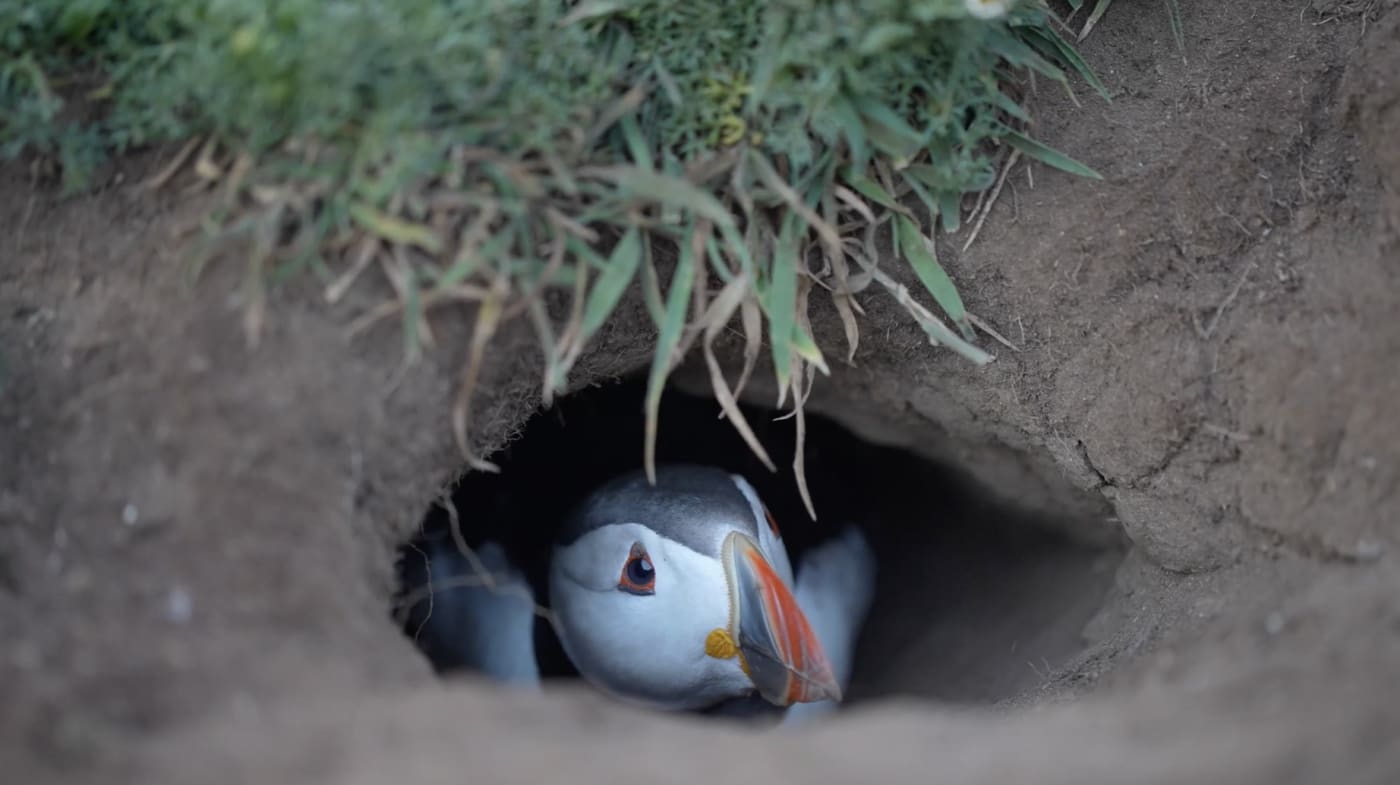
Efficient editing
Once a shoot has ended, Pennafort transfers her footage from her OWC Atlas Ultra SD cards onto the extremely fast OWC Envoy Pro FX.
“It’s really helpful to have a fast SSD that you can edit off of,” Pennafort says. “You often come back home with hours of footage that you have to sift through to find the best shots. The Envoy Pro FX really optimizes my time. I’m able to get my footage offloaded, sorted, and sequenced much faster.
“I don’t want to be stuck in an edit room. And the Envoy gives me the ability to spend as much of my time outdoors capturing footage.”
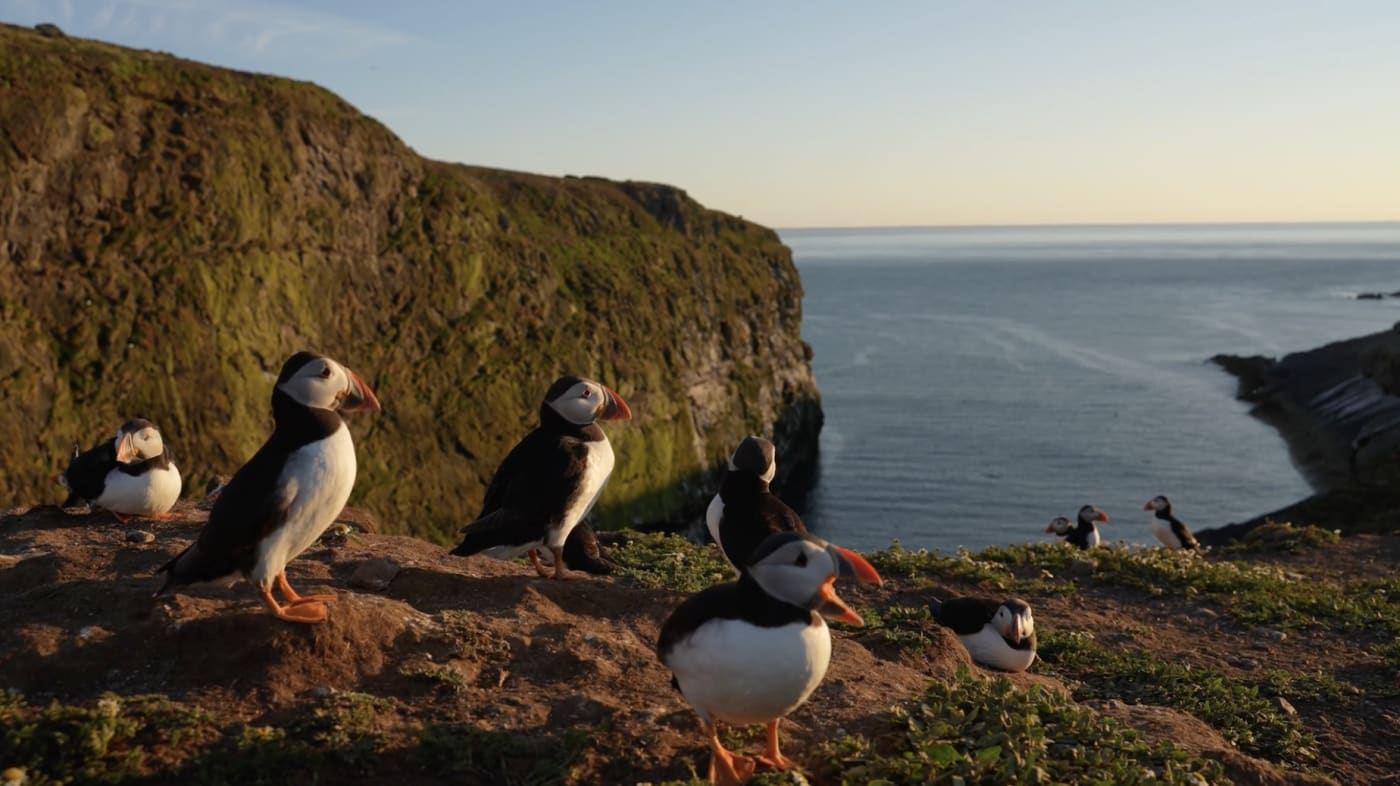
Practice makes perfect
In addition to being prepared for the species and environment she’s looking to capture, Pennafort says that another major element being a better photographer and camera operator is constant practice.
“Even if you don’t have anything booked for work, I think it’s always important to be practicing your skills. Do it in your own time,” she says. “Whether it’s focus pulling or trying out new bits of equipment you haven’t tried yet, it’s so important to constantly be making things for yourself to dial in your gear and planning.”
Pennafort recommends using that time to not only make things for fun, but also capture footage or images for use in a show reel or portfolio. “It’s also just always good to keep the creative brain working on your downtime,” she adds.
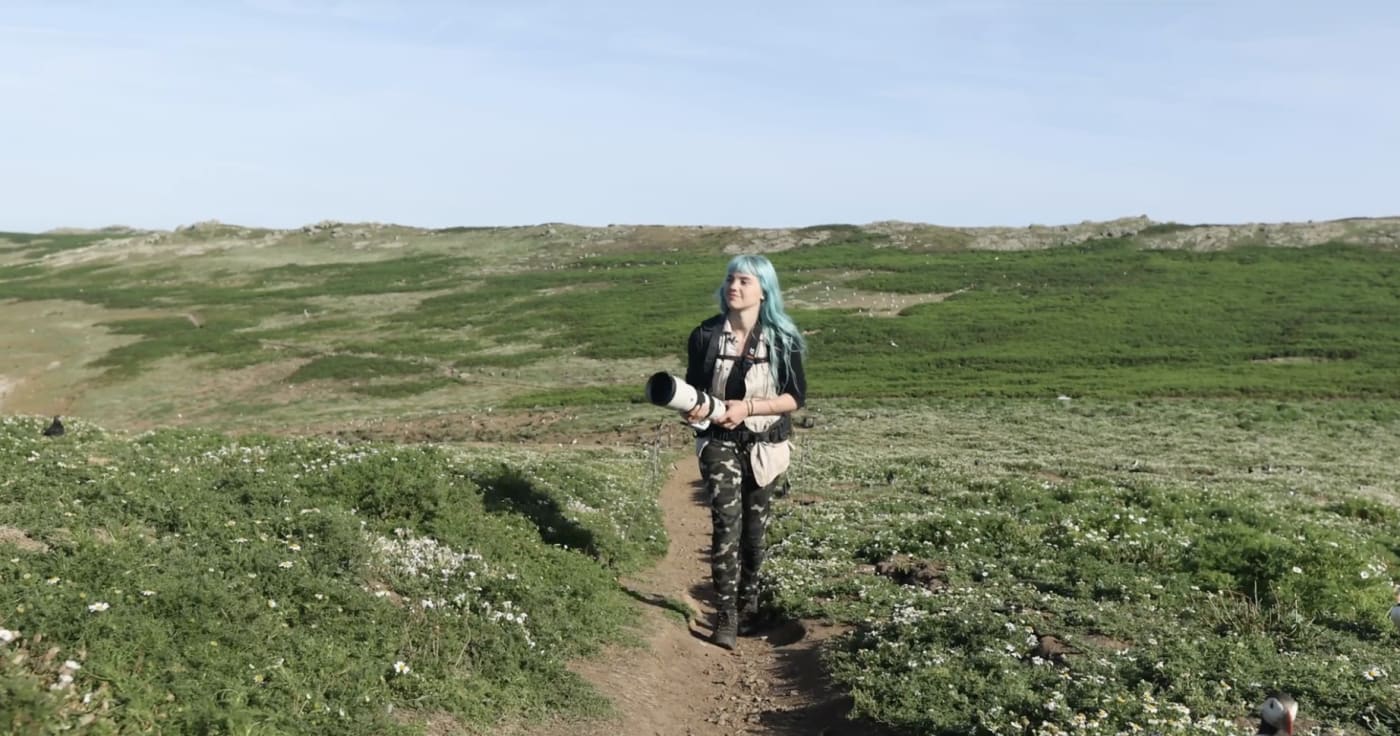
For herself, Pennafort keeps practicing to prepare for the animals she has yet to capture, like penguins in Antarctica. “They’re at the top of my bucket list,” she says. “I’m obsessed with penguins.”
For those who want to get into wildlife photography or filmmaking, Pennafort recommends that you get started today, even if it’s in your backyard.
“You have to practice as much as you can with whatever kit you have. Just go out and film animals,” she says. “Even if it’s snails in your garden, even that will help you start to develop an eye for it. Plus, it’s so important to start building a portfolio, something you can show people and share on social media.
“The earlier you start practicing those skills and your editing skills, the quicker the process of getting work will become. But also, it’s absolutely essential to make mistakes in the field. You have to make mistakes to learn.”
Other topics you might like
Give Your Smartphone Videography 360-Degrees of Spin With the New DJI Osmo Mobile 8
Updated on Dec 5, 2025
Not Here That Long: Filmmaker Ty Evans Built a Career on Risk, Reward, Rails and Rotors
Updated on Dec 4, 2025
Check Out These Fun Wooden 1:1 Scale Replicas of Your Favorite Nikon Cameras
Updated on Nov 18, 2025
 USA + International
USA + International OWC Canda
OWC Canda OWC Europe
OWC Europe